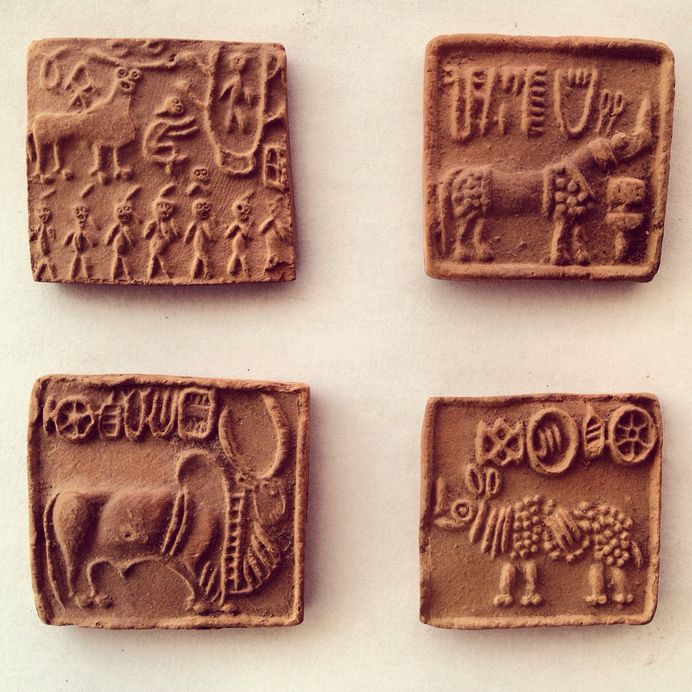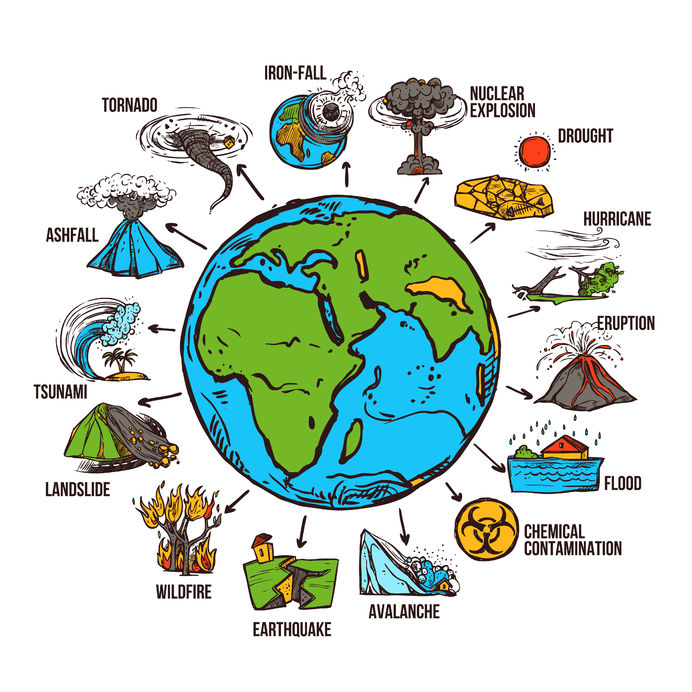The Harappa is also known as Indus valley civilization and is the first discovered site in the ancient India. It was founded in 2500 BC which was belonging to the proto-historic period (Bronze Age, Chalcolithic Age) and spread over several states in India like Sindh, Baluchistan, Punjab, Haryana, Rajasthan, Gujarat, Western U.P. and Northern Maharashtra.
After Harappa civilization, the largest site Mohenjo-Daro has been discovered in 1922 BC. It was mainly famous for the greatest swimming pool and the dead body of the horses only present in this civilization.
These two famous sites of smaller urban centers and villages have formed the capital complex which covers the one-fourth of the area of Sumer and double the size of the Egypt during the last kingdom. Most of the sites are connected with the Harappa civilization by the people when they meet for the trade purposes. The site exaggerated for about 800 years, from 2500 BC to 1700 BC. In these cities, a citadel atop a high mound dominates the city landscape and offers protection for the city proper below.
In the ancient times, most of the people have stored their food items like wheat, grains in warehouses for the preparation of a famine. Their system of measuring the weight helps them to make a trade with different cultures, mainly in Mesopotamia.
These sites are the first who started the production of cotton and also made cotton clothes for the trades. The also made dug ditches and canals to fulfill the facilities of irrigation for the farmers. They mostly used symbols which was their system of writing which has yet be deciphered. But according to the scientists believe, the people of the ancient India used common languages to communicate. They have found the most artificial and different sites with the same picture which carry unicorn with them. It is to be said that the unicorn is their religious symbol or something like that. The currency of the Indus civilization is to be the same in all over the sites and their houses are made up of bricks. After 1700 BC, the Harappa site was disclosed and not to be found in future. No one knows what happened there?
Further, Mohenjo-Daro (which means Mound of the Dead in the Sindhi language) was one of the largest city-settlements of the Indus low land between mountains society in a high stage of development. It was given the position of in the country division of Sindh Pakistan and made around 2600 BC. The great town was one of the early of a town Settlements 1 in the earth, having an existence at the same time as the societies of old Egypt, Mesopotamia, and Crete. The most like an actor in a play point of Mohenjo-Daro strong army building was the Great Bath. The Great Bath was a group made of waterproofed brick. It was 39 feet long and 8 feet deep. Small dressing rooms circled the card-players money. They designed one room having a well that supplied the bath with water. They planned to remove dirty water through a drain that ran along one side of the bath.
The person who was lived on this site has enjoyed the big bath of cold water. Most of the archeologists believe that the Bath was used for their religious purposes and their rituals as Ancient temples of the Hindus are also consist of bathing pools.
The seals are carved with pictograms images are used to stand for objects, sounds or ideas. More than 400 pictograms have been discovered, but archaeologists do not know what most people stand for.
Most of the animals such as buffalo, bulls, tigers, elephants, rhinoceroses, fish, and crocodiles are mainly present in this site. Some of the seals also consist of a small loop at their back and people make use of them to keep the evil away.
Mohenjo-Daro also has their covered drain system of drainage, pipes, wells, and bath places put the great town apart from other Settlements of its time. Thousand years would way before the earth would see another system like it, in of old Rome. A network of Clay pipes connected Mohenjo-Daro buildings and homes to the main covered drain system. Dirty, used water and waste moved as a liquid in narrow ways along the streets. This liquid waste pipes after put out into Indus River.
It made possible for the both full of money people and poor people to have a bathroom in their goes to starting place. Deep wells made of brick were given position of throughout the great town. People stored water, including rainfall, in the wells.





